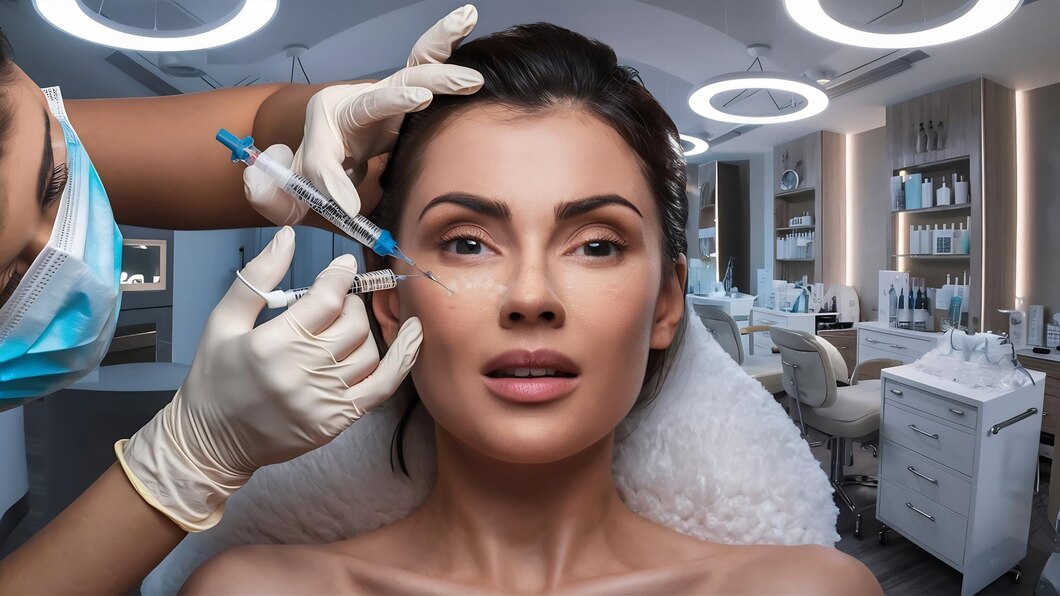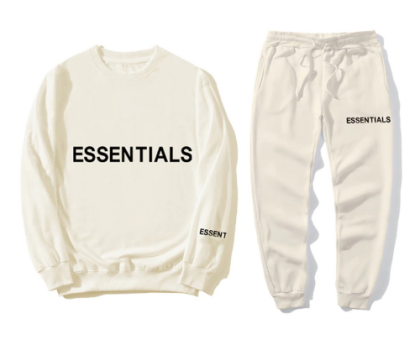In the quest for a youthful appearance, Botox has become a popular non-surgical solution for reducing the appearance of fine lines and wrinkles. Among the most common areas treated with Botox is the forehead, where horizontal lines and furrows can become prominent with age and facial expressions. If you’re considering Botox for your forehead, understanding how many units of botox for forehead you’ll need is crucial for achieving optimal results. This comprehensive guide will explore the factors that influence the number of Botox units required and provide insights into the treatment process.
What is Botox and How Does It Work?
Botox, short for botulinum toxin, is a neurotoxic protein that temporarily paralyzes muscles. When injected into specific areas, Botox blocks nerve signals to the muscles, preventing them from contracting. This relaxation of muscles leads to a smoother, more youthful appearance by reducing the formation of dynamic wrinkles—those that form due to repetitive facial movements. The effects of Botox typically last between three to six months, making it a convenient option for maintaining a youthful look without invasive surgery.
Factors Influencing the Number of Units Needed
The number of Botox units required for effective treatment varies based on several factors. Understanding these factors can help you set realistic expectations and work with your practitioner to develop a personalized treatment plan.
1. Severity of Wrinkles
The depth and prominence of forehead wrinkles significantly impact the number of Botox units needed. Mild wrinkles may require fewer units, while deeper, more pronounced lines might necessitate a higher dosage to achieve the desired smoothing effect.
2. Muscle Strength and Activity
Individuals with stronger or more active forehead muscles may need more Botox units to effectively relax the muscles and reduce wrinkles. During your consultation, your practitioner will assess the strength of your forehead muscles to determine the appropriate dosage.
3. Gender Differences
Men typically have stronger facial muscles than women, which can affect the amount of Botox required. As a result, men often need more units to achieve the same level of wrinkle reduction as women. This difference will be taken into account during the treatment planning process.
4. Desired Outcome
Your personal goals and desired level of wrinkle reduction also play a role in determining the number of units needed. Some individuals prefer a more subtle, natural look, while others seek a more dramatic transformation. Discussing your expectations with your practitioner will help ensure your treatment aligns with your aesthetic goals.
5. Previous Botox Treatments
If you have had Botox treatments in the past, your practitioner will consider your previous response to the injections. Some individuals may build a tolerance to Botox over time, requiring adjustments in the dosage to maintain the same level of effectiveness.
Typical Botox Units for Forehead Treatment
While the exact number of units needed varies from person to person, there are general guidelines for treating forehead wrinkles with Botox. On average, patients typically require between 10 to 30 units of Botox for the forehead. This range can be broken down as follows:
1. Horizontal Forehead Lines
For horizontal forehead lines, the typical dosage ranges from 10 to 20 units. The specific amount will depend on the factors mentioned earlier, including wrinkle severity and muscle activity.
2. Glabellar Lines (Frown Lines)
Glabellar lines, also known as frown lines or “11” lines between the eyebrows, usually require 15 to 25 units of Botox. These lines often necessitate a higher dosage due to the stronger muscles involved in creating them.
3. Combined Treatment
For comprehensive treatment of both horizontal forehead lines and glabellar lines, the total dosage can range from 20 to 40 units. This approach ensures a balanced and harmonious appearance by addressing multiple areas simultaneously.
The Botox Treatment Process
Understanding the Botox treatment process can help alleviate any concerns and ensure a smooth experience. Here’s a step-by-step overview of what to expect:
1. Consultation
Your Botox journey begins with a consultation with a qualified practitioner. During this appointment, you’ll discuss your aesthetic goals, medical history, and any concerns you may have. The practitioner will assess your facial anatomy and recommend a personalized treatment plan, including the number of units needed.
2. Preparation
On the day of your treatment, the practitioner will cleanse the treatment area and may apply a topical numbing cream to minimize discomfort. While Botox injections are generally well-tolerated, the numbing cream can help ensure a more comfortable experience.
3. Injection
Using a fine needle, the practitioner will carefully inject Botox into the targeted muscles. The number of injections will depend on the treatment area and your personalized plan. The entire process typically takes about 10 to 15 minutes.
4. Post-Treatment Care
After the procedure, you may experience mild swelling or redness at the injection sites, which usually subsides within a few hours. Your practitioner will provide you with post-treatment care instructions, such as avoiding strenuous activities and refraining from touching the treated areas for a specified period.
5. Results
Botox results are usually visible within 3 to 5 days, with full effects appearing after about two weeks. The results can last between 3 to 6 months, depending on individual factors such as metabolism and muscle activity. Regular maintenance treatments are recommended to prolong the effects and maintain a youthful appearance.
Choosing the Right Practitioner
Selecting a qualified and experienced practitioner is key to achieving safe and effective Botox results. Here are some tips to help you choose the right provider:
1. Verify Credentials
Ensure the practitioner is board-certified and has specialized training in administering Botox. Look for certifications from reputable organizations such as the American Board of Cosmetic Surgery or the American Society of Plastic Surgeons.
2. Read Reviews
Patient reviews and testimonials can provide valuable insights into the practitioner’s expertise and patient care. Look for clinics with consistently positive feedback and high rates of patient satisfaction.
3. Schedule a Consultation
A consultation allows you to assess the practitioner’s approach and communication style. Use this opportunity to ask questions, discuss your goals, and gauge your comfort level with the provider.
Conclusion: Achieve Your Best Look with Botox for the Forehead
Botox offers a safe and effective way to rejuvenate your appearance by smoothing out forehead wrinkles and fine lines. Understanding the factors that influence the number of units needed and choosing a qualified practitioner are essential steps to achieving optimal results. In the vibrant city of New York, you have access to some of the best Botox providers in the world. By following the guidelines outlined in this guide, you can embark on your Botox journey with confidence and look forward to a refreshed, youthful appearance. Embrace the transformative power of Botox and discover the beauty of a smoother, more radiant forehead.





